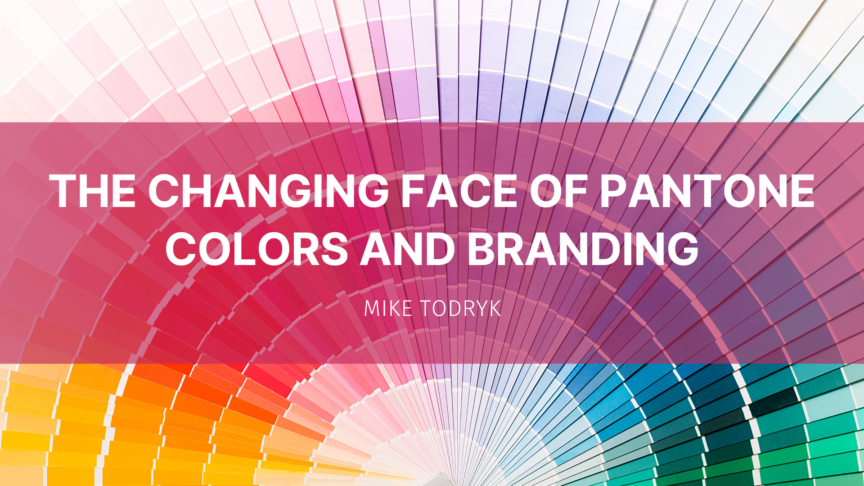Adobe’s decision to stop integrating Pantone libraries into their products this past summer caused a big disruption, to say the least. Designers and agencies, especially small ones, were suddenly scrambling to decide how to best represent their clients’ brand colors. We’ve observed this disruption at IWCO as well, with some customers choosing to indicate colors through names like “MET Blue,” while others are reaching out for assistance with the transition.
In my role as Manager of Technical Color Support, I live color every day. And I believe that this shift represents a positive opportunity for our industry. Previously, organizations would pick a few Pantone colors for their brand without considering how their “Brand Neon Pink™” would translate onto an uncoated litho form, or how it might complicate digital printing processes that don’t print spot colors.
With the shift away from relying on Pantone libraries, marketers and printers have a crucial opportunity to think about new ways to deal with brand colors. As part of IWCO’s Making Better Happen℠ culture, our Color Technical Support team has created guidelines to help our clients navigate this transition.
Consider a Different System
Adobe’s move to stop integrating Pantone libraries has opened the door for other types of spot color matching systems. For example, the Spot Matching System from Spot-Nordic can translate all colors across multiple printing and visual technologies with consistency. A lack of consistency has been a significant issue with Pantone colors since the move from litho to digital devices that lack spot color capabilities. Relying on this system reduces the need for conversations with clients who are upset that “Brand Neon Pink™” doesn’t look right on a 24lb White Wove envelope.
Create a True Brand Guide
As I and many others have pointed out, 91% of modern brand guides do not adequately supply print providers with the information needed to reproduce accurate brand colors. Some of those inadequacies come from how Pantone colors are represented (like only using Pantone C numbers even for uncoated stocks or no designation at all) or using the CMYK and RGB numbers derived from these colors (device-dependent CMYK values with no referenced press standard).
Fortunately, there are resources to help address these issues. Project BBCG (Better Brand Color Guide) is a free framework for creating brand color guides that are unambiguous and rock-solid. Instead of just picking Pantone colors, this tool helps you use measurements to define your colors, whether the color is from a previously printed piece or from something found in nature. You may even discover that Aunt Sue’s old red sweater is the perfect color choice for your bold new brand. And Project BBCG helps you translate that color into a clear color definition.
Your agency and print partners play a key role in helping define the best color for your brand. Every day, IWCO’s Marketing and Creative Service team is helping clients choose brand colors that will enhance their identity and help them stand out in the market.
Start Playing Around in CMYK
This might seem overly simplistic, but one of the easiest ways to begin defining a brand color is to play around in CMYK until you find a color that you like. While this doesn’t replace creating a true brand guide, the exercise is a great way to get started. Just make sure your color settings are appropriate for the type of work that you are doing.
The move by Adobe to remove Pantone colors from their products has caused confusion and process changes. But it also paves the way for using new tools and new ways to define brand colors and systems.
As you navigate this transition, know that there are resources and partners, including myself and the IWCO team, that can provide guidance along the way.

